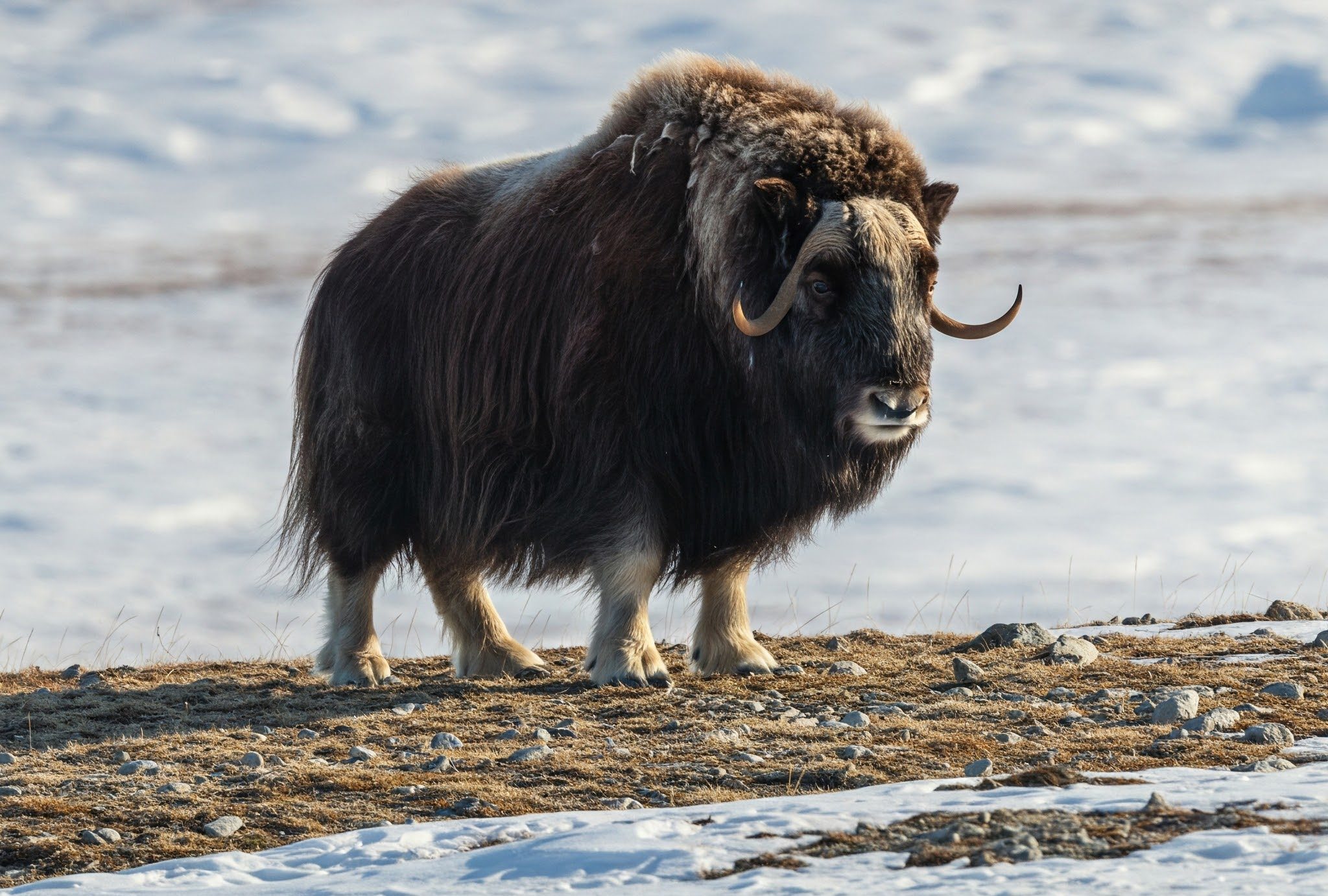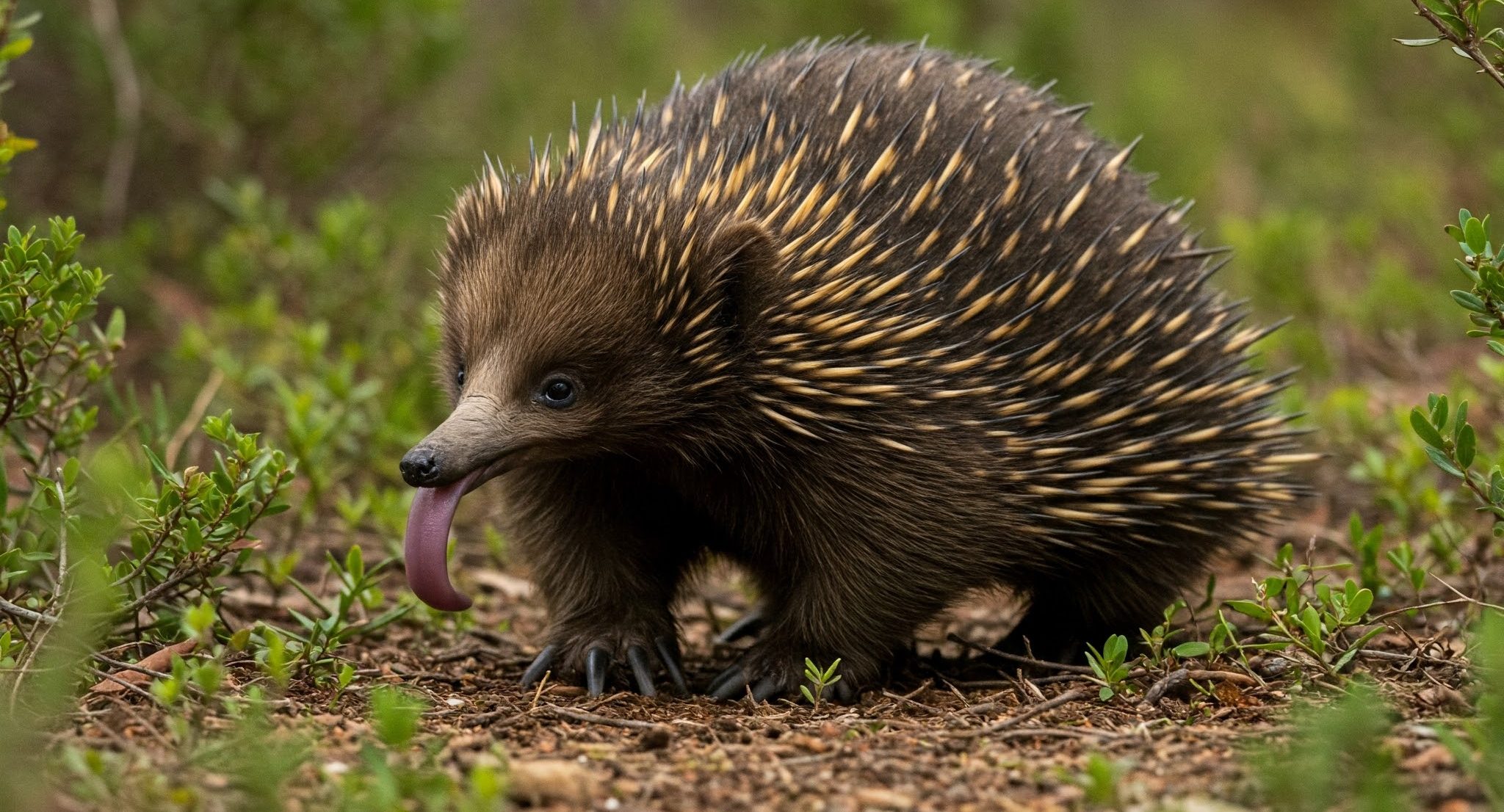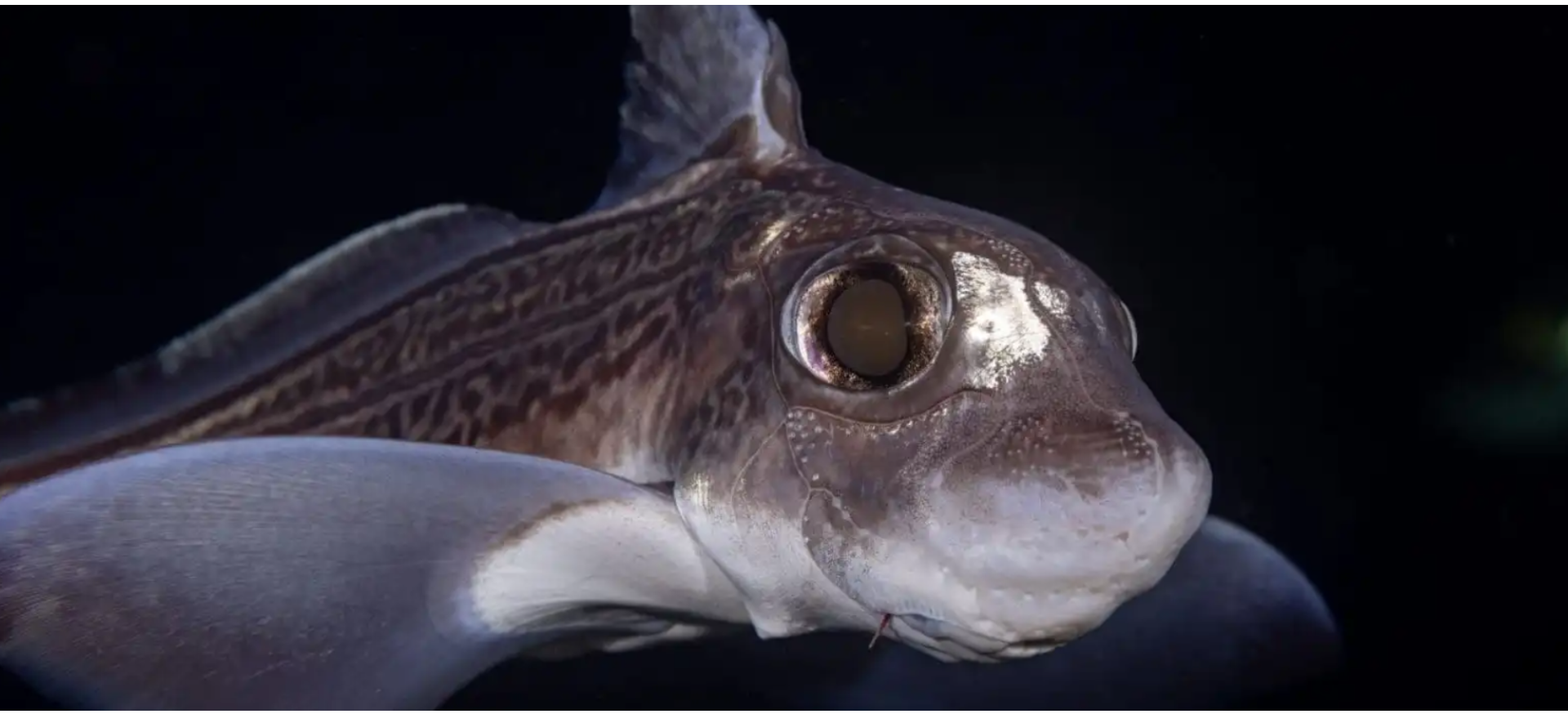These 8 fascinating ancient animals prove that the past is never truly gone.
Ready to hear about some creatures that roamed the Earth long before the dinosaurs? And can you believe they are still alive?
While most ancient animals have vanished with history, some remarkable survivors are still thriving today. From the frozen tundras to the deep ocean, these beings have endured, evolved, and adapted, and they can now offer us a glimpse into a world that existed millions of years ago.

Take a closer look at 8 of the most interesting prehistoric animals that are still alive
1. The musk ox (Ovibos moschatus)
A remarkable survivor who has been around for years, the musk ox is a true prehistoric icon still walking the Earth today.
They first appeared during the Pleistocene Epoch, over 2 million years ago, roaming alongside woolly mammoths and other Ice Age creatures. Part of the Bovidae family, they are closely related to sheep, goats, and antelopes.
Musk oxen have a dense, woolly coat designed to face the extreme cold in the Arctic. Another interesting fact about them is that both males and females grow curved horns they use in defense against predators like wolves. Musk oxen form a tight circle when threatened, facing outward to protect the weaker and youngest members.
Unlike many other species that went extinct, they survived the Arctic tundra, and they can be found in places like Alaska, Canada, and Greenland. Their incredible ability to survive harsh conditions is a testament to their resilience. These animals thrive in freezing temperatures, and they suit the Arctic regions best.
2. The alligator gar (Atractosteus spatula)
This ancient fish has been around for over 100 million years, so it’s a living relic from the time of dinosaurs. Members of the Lepisosteidae family, dating back to the Late Cretaceous period, have been inhabitants of the North American waters for millions of years, with an unchanged appearance.
The name comes from their alligator-like long snouts that are filled with sharp teeth to catch prey. Alligator gars are protected by diamond-shaped scales, giving them a tough, armor-like appearance. When it comes to size and strength, they can grow up to 10 feet long and weigh up to 350 pounds, a fact that puts them among the top largest freshwater fish species in North America.
Their survival skills are related to their ability to gulp air and survive in low-oxygen environments, so they can thrive in rivers, lakes, or swamps. They can adapt easily to both fresh water and brackish water.

3. Echidna
These spiny anteaters are part of the group called monotremes – egg-laying mammals, a group that includes the platypus. They are one of the most primitive forms of mammalian life. Echidnas have been around for over 100 million years, contemporaries of the dinosaurs. They have an interesting appearance, with sharp spines covering their body, as protection from predators. Similar to the platypus, echidnas can detect electric fields as a help to locate prey.
As for laying eggs, female echidnas lay a single egg, and they incubate it in a pouch of their belly until it hatches. These small creatures adapted remarkably well to the modern world, despite their ancient roots. They are found in diverse habitats across New Guinea and Australia, from deserts to forests. Their survival skills are believed to be related to their ability to dig burrows and their special diet made of ants and termites.
4. The Emperor Scorpion (Eurypterids)
Part of an ancient lineage of scorpions that has been around for over 400 million years, these scorpions are some of the first land predators in Earth’s history, long before dinosaurs. Fossils of giant sea scorpions gave us the hint that their ancestors once lived in the ocean before evolving into land-dwelling creatures.
The Emperor Scorpion is one of the largest scorpions, able to grow up to 8 inches long. A fun fact about them is that they glow under UV light due to compounds in their exoskeleton. This is a characteristic of many other scorpions. They use massive pincers to crush prey rather than relying on venom.
They are adaptable and tough, remarkably social compared to other scorpions, and they can live in groups. The emperor scorpions thrive in Africa’s forests, and they are unique among their kind due to their behavior which is most likely one of their best survival skills.
5. Sea Lamprey (Petromyzon marinus)
This terrifying prehistoric survivor has been around for over 360 years. Fun fact? It predates dinosaurs. The sea lamprey is an ancient vampire of the sea. They are jawless fish with circular mouths full of razor-sharp teeth, and instead of biting and chewing, they suck the blood of other fish, just like… underwater vampires.
With some weird features, like no bones, only cartilage, they are extremely flexible. They use their toothed mouth to attach to prey. Another interesting thing about them is that their larvae resemble early vertebrates, making them key to understanding evolution.
Sea lampreys have survived through time, and they haven’t changed much. Their simple and effective design made them perfect survivors. Native to the Atlantic Ocean, they have invaded the Great Lakes, where they cause trouble by preying on native fish populations.

6. The Australian Ghost Shark (Callorhinchus milii)
Known as the elephant fish, this fish is a deep-sea relic from the age of dinosaurs. The ghost shark belongs to the chimera family, split from sharks and rays around 400 million years ago. They have cartilaginous skeletons that give them a soft-bodied, ghostly appearance, unlike true sharks. They can detect prey using electroreception, and they have venomous spines for defense. Ghost sharks don’t have sharp teeth but grinding plates to crush shellfish.
The ghost sharks are part of the deep-sea mysteries, mostly staying in deep waters, things that make them rare to see. Even if they are one of the most mysterious ancient survivors, they play a huge role in marine ecosystems.
You might love The Secrets of Ancient Sea Monsters, which you can order on Amazon.
7. The Coelacanth (Latimeria)
This creature was believed to be extinct millions of years ago until it was rediscovered alive. Coelacanths appeared around 400 million years ago, and scientists used to believe they went extinct 66 million years ago. In 1938, one was shockingly caught off the coast of South Africa. One of their interesting traits is that they move very slowly, and they can live for over 60 years. The way they swim is unique, moving their lobed fin in an alternating pattern like they are walking underwater.
Coelacanths live in underwater caves at depths of 100-500 meters, and they are a key species in studying the evolution of fish into land vertebrates, with their lobed fins resembling primitive limbs.
8. The Horseshoe Crab
They are the most famous living fossils on Earth, and they have been around for around 450 million years, making them another predator of the dinosaurs. Despite their name, they are more closely related to arachnids than crabs. Like spiders and scorpions, they possess armor, but it’s uniquely made of an exoskeleton. With their long, pointed tail, they survived multiple mass extinctions.
A remarkable thing about them is their blue blood which contains a substance called Limulus amebocyte lysate (LAL), used in medical research to detect bacterial contamination in medical equipment and vaccines.













One Response